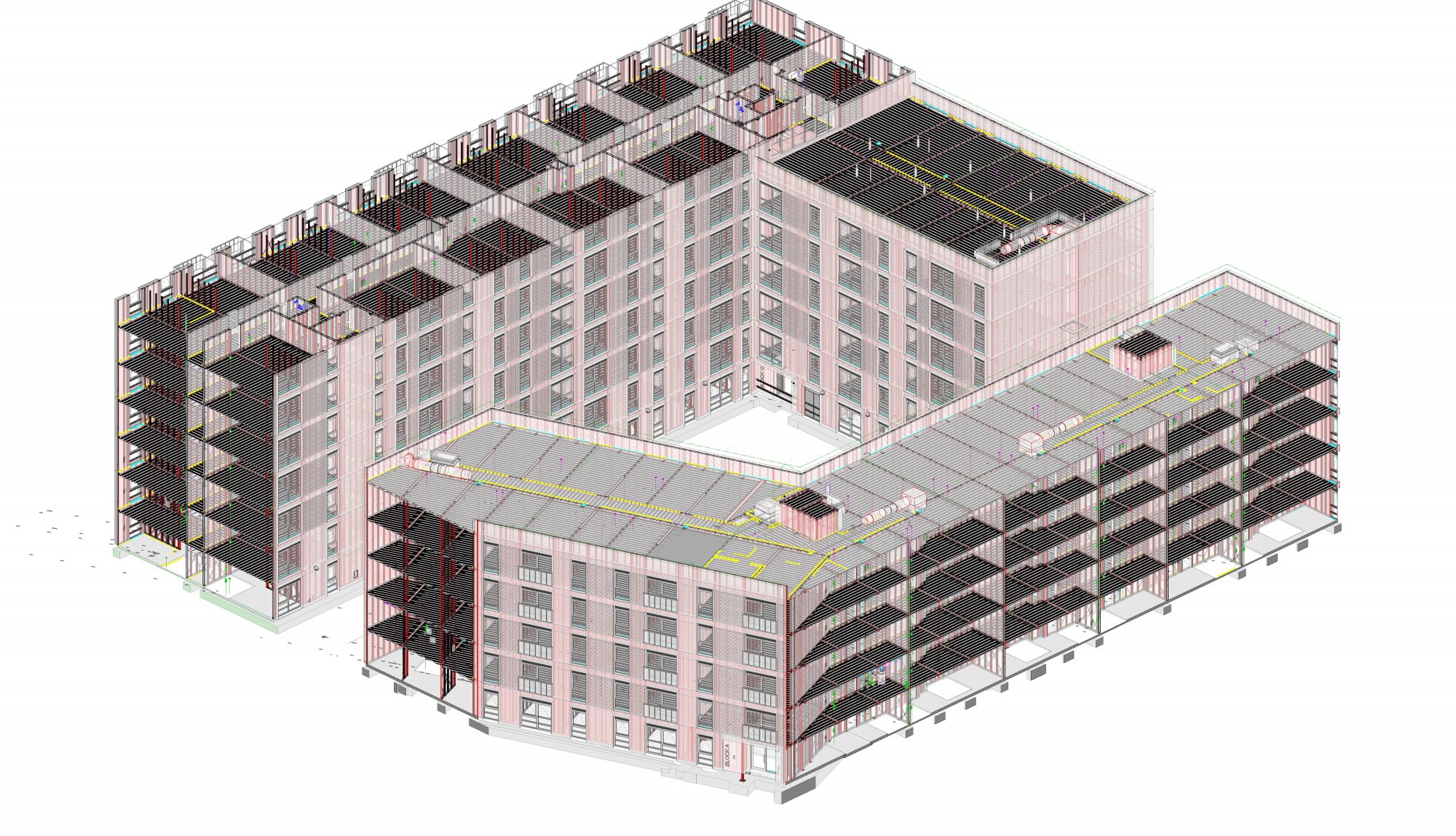As technology continues to advance and shape various industries, architecture is no exception. The field of architecture has undergone significant transformations in recent years, with technology playing a vital role in revolutionizing the way architects design, build, and interact with buildings. In this article, we will explore five ways architects apply technology to enhance their work and create innovative structures.
Technology in Architecture: A Game-Changer
The integration of technology in architecture has opened up new avenues for creativity, efficiency, and sustainability. Architects can now leverage various digital tools to streamline their design process, improve collaboration, and create buildings that are not only aesthetically pleasing but also environmentally friendly. From building information modeling (BIM) to virtual reality (VR) and 3D printing, technology has become an indispensable part of the architectural landscape.

1. Building Information Modeling (BIM)
Building information modeling (BIM) is a digital representation of a building's physical and functional characteristics. This technology allows architects to create detailed 3D models of buildings, including their structural, electrical, and plumbing systems. BIM enables architects to analyze and simulate various building scenarios, identify potential issues, and make data-driven decisions. This leads to improved building performance, reduced construction costs, and enhanced collaboration among stakeholders.
Benefits of BIM in Architecture
- Improved accuracy and reduced errors
- Enhanced collaboration and communication
- Increased efficiency and productivity
- Better decision-making and risk management

2. Virtual Reality (VR) and Augmented Reality (AR)
Virtual reality (VR) and augmented reality (AR) are transforming the way architects design and interact with buildings. These technologies enable architects to create immersive and interactive experiences, allowing clients to visualize and explore buildings in a more engaging and realistic way. VR and AR also facilitate better communication and collaboration among stakeholders, reducing misunderstandings and miscommunications.
Applications of VR and AR in Architecture
- Design visualization and exploration
- Client presentations and engagement
- Construction planning and management
- Facility management and maintenance

3. 3D Printing and Digital Fabrication
3D printing and digital fabrication are revolutionizing the construction industry, enabling architects to create complex building components and structures with unprecedented precision and speed. These technologies allow for the rapid prototyping and production of building elements, reducing material waste and construction costs.
Benefits of 3D Printing in Architecture
- Rapid prototyping and production
- Reduced material waste and construction costs
- Increased precision and accuracy
- Improved sustainability and environmental performance

4. Geographic Information Systems (GIS)
Geographic information systems (GIS) are used by architects to analyze and visualize geospatial data, such as site topography, climate, and environmental factors. This technology enables architects to make informed decisions about building placement, orientation, and design, leading to more sustainable and resilient buildings.
Applications of GIS in Architecture
- Site analysis and selection
- Building placement and orientation
- Climate and environmental analysis
- Urban planning and development

5. Building Performance Analysis
Building performance analysis involves the use of computer simulations and modeling to analyze a building's energy efficiency, thermal comfort, and indoor air quality. This technology enables architects to optimize building performance, reduce energy consumption, and create healthier and more comfortable indoor environments.
Benefits of Building Performance Analysis
- Improved energy efficiency and reduced energy consumption
- Enhanced thermal comfort and indoor air quality
- Increased building performance and resilience
- Better decision-making and risk management







How is technology changing the field of architecture?
+Technology is transforming the field of architecture by improving design, construction, and building performance. Architects can now use digital tools to create detailed 3D models, analyze building performance, and enhance collaboration among stakeholders.
What are the benefits of building information modeling (BIM)?
+The benefits of BIM include improved accuracy and reduced errors, enhanced collaboration and communication, increased efficiency and productivity, and better decision-making and risk management.
How is virtual reality (VR) used in architecture?
+VR is used in architecture to create immersive and interactive experiences, allowing clients to visualize and explore buildings in a more engaging and realistic way. VR also facilitates better communication and collaboration among stakeholders.
